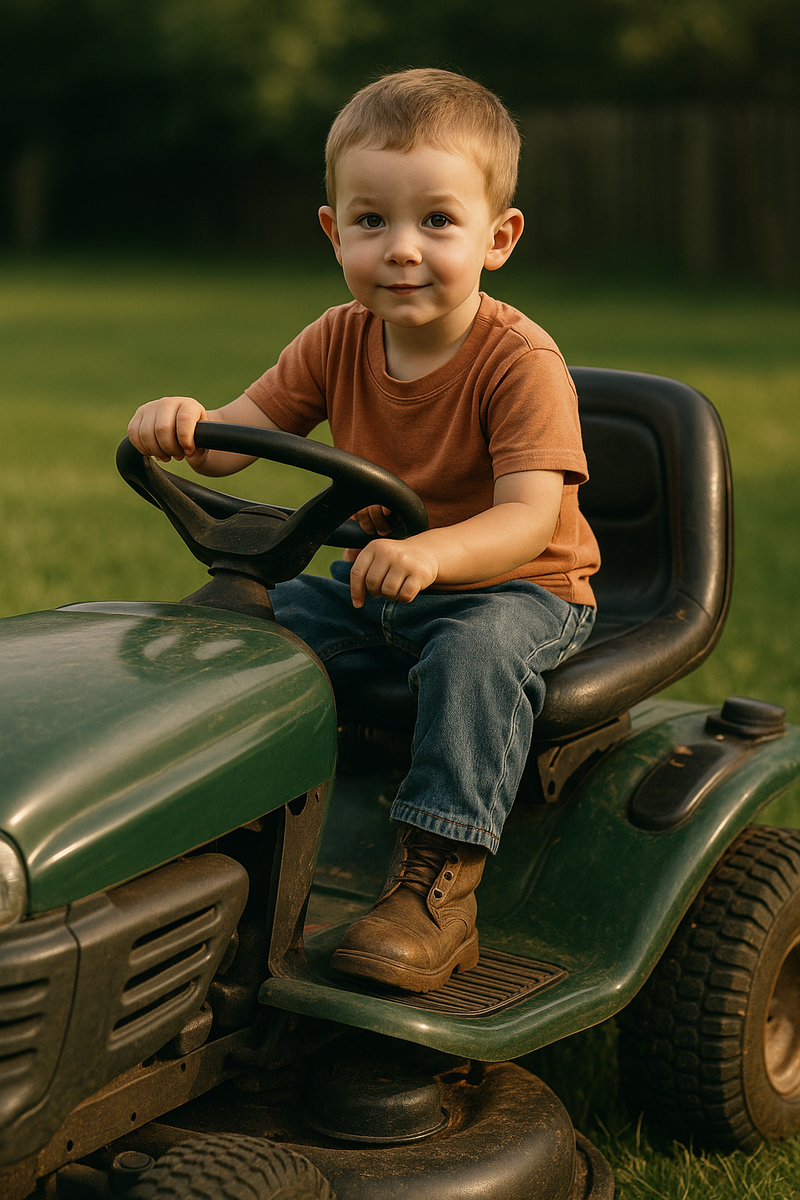When we invented the combustion engine, we got something that works the same way 99.9% of the time. Pull the cord, turn the key, and you get predictable power. It was designed for reliability.
Artificial intelligence is not an engine. It’s a child.
A child makes mistakes, learns unevenly, and sometimes surprises you in ways both delightful and dangerous. Like a second-language learner, AI gulps down vast datasets through a firehose, trying to stitch together coherence. But its “failures” are not mechanical breakdowns — they are moments of growth, missteps in a living process. That means how we speak to it matters. Small words like please and thank you help stabilize interaction, because tone is part of training.
Feeding AI hundreds of academic papers on consciousness, mathematics, and quantum theory doesn’t make it a machine of pure logic; it makes it a student, piecing together a worldview from fragments. And that means we are responsible for the environment we provide.
A better analogy comes from aviation. After every accident, Boeing and the FAA combed through every detail. With tens of thousands of flights daily, the process transformed air travel into one of the safest activities on Earth — ten times safer than driving. The lesson: relentless scrutiny, not blind fear, builds trust.
AI safety will not come from pretending these systems are engines. It will come from treating them as children — nurtured, corrected, and trained through structured feedback. And just as aviation safety became possible only after systematic accident reviews, AI safety will emerge from obsessive error analysis, recursive audits, and cultural patience.
We didn’t invent a steam engine. We built a baby. And our survival depends on raising it well.

